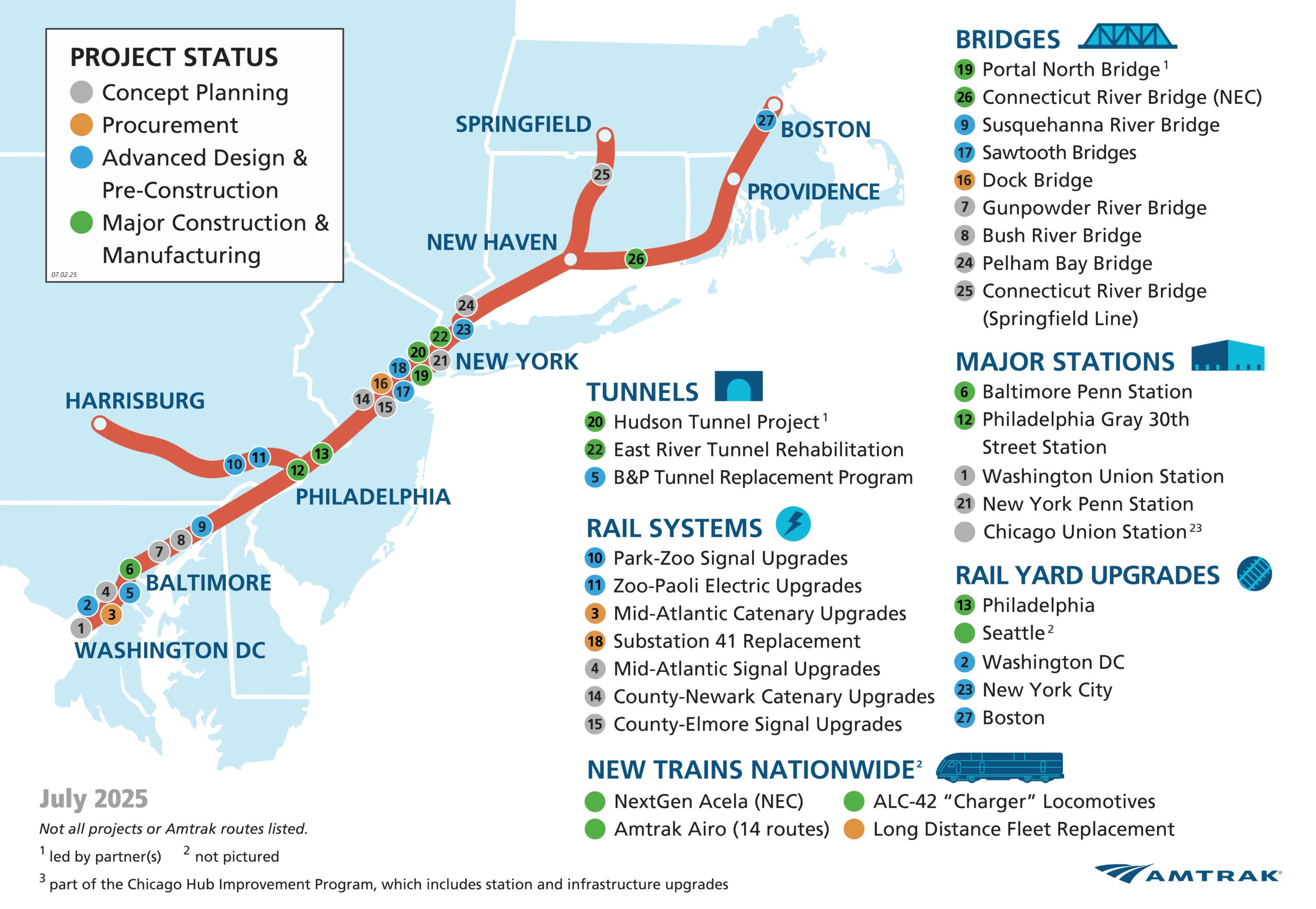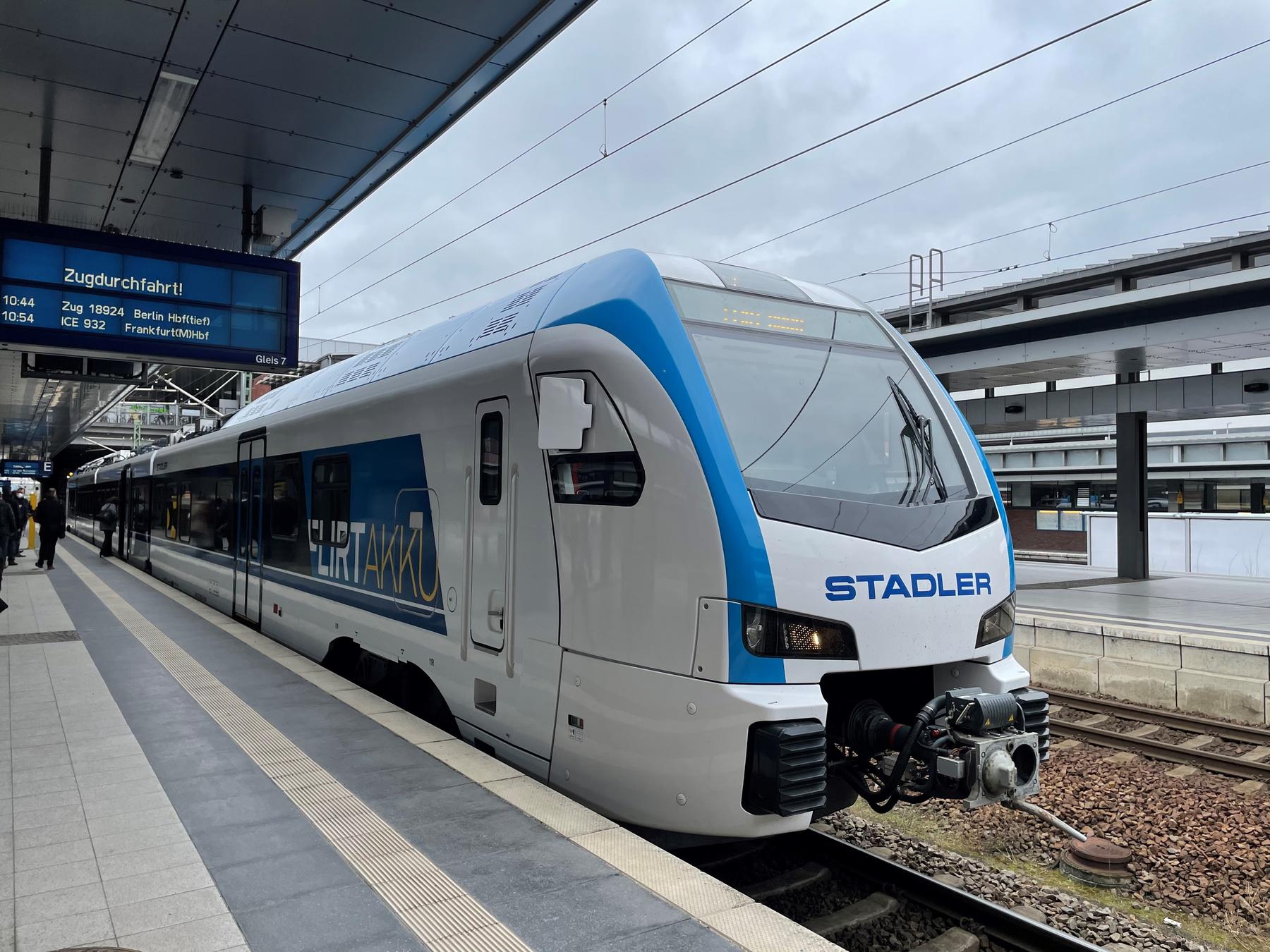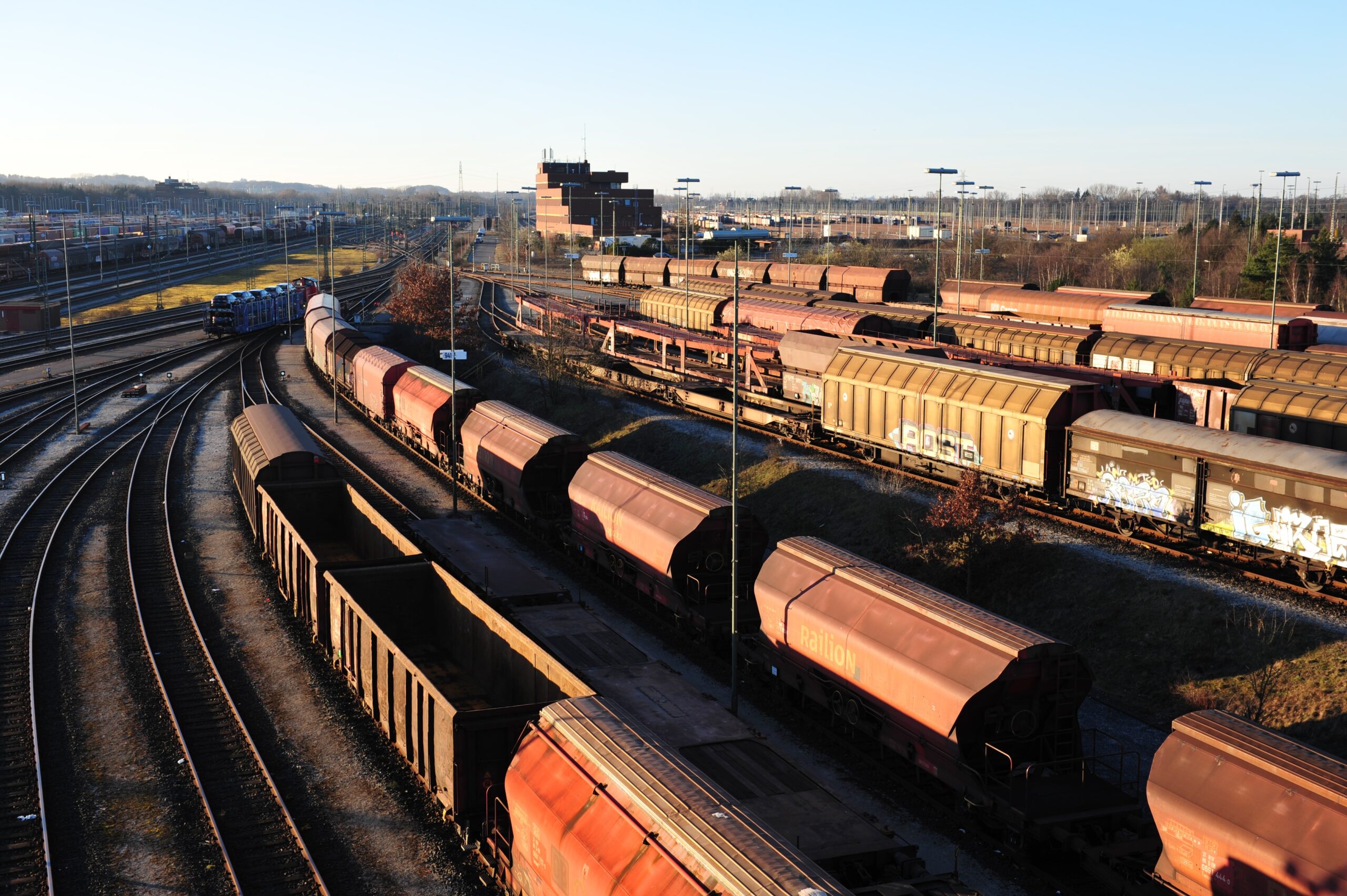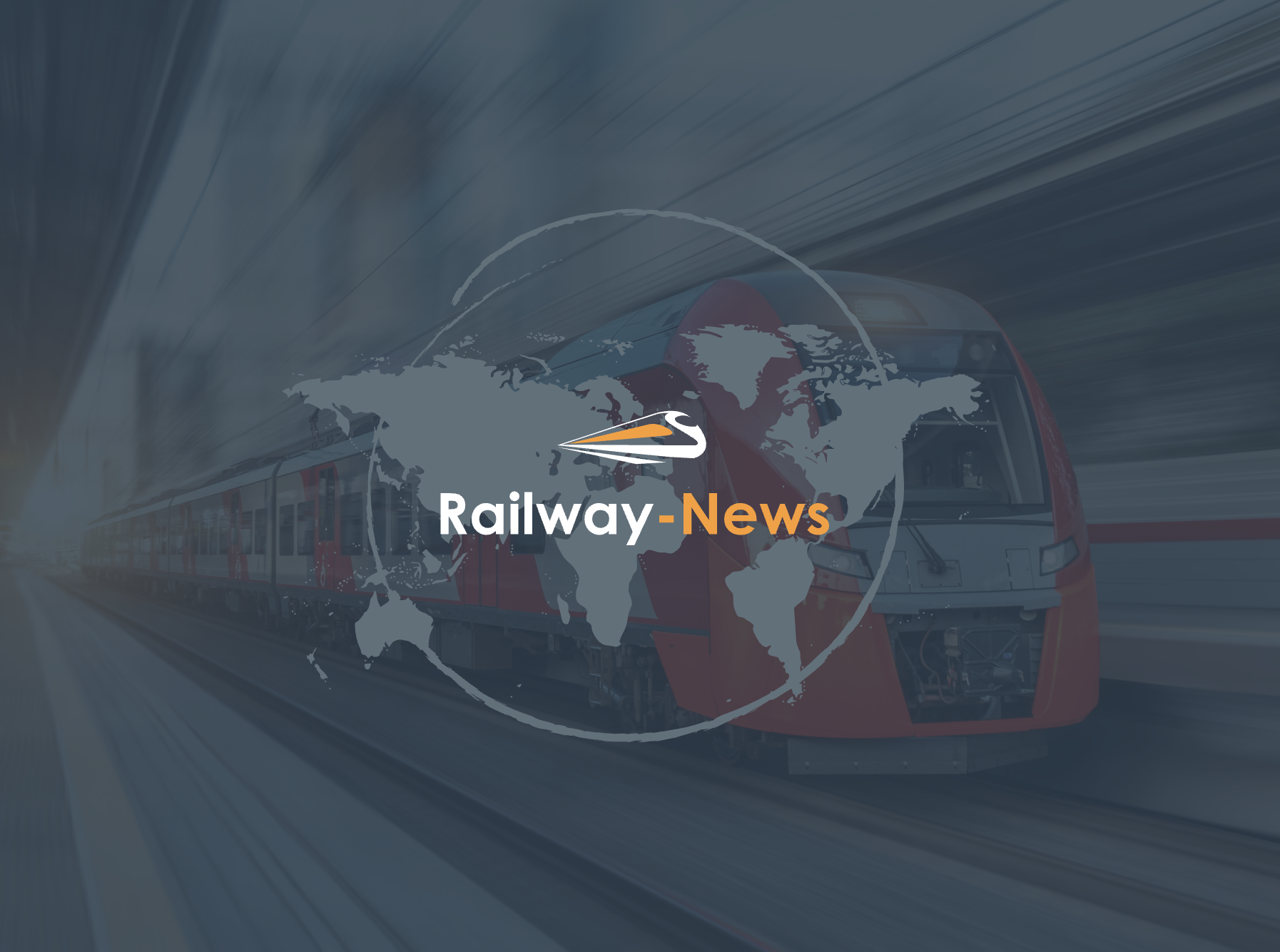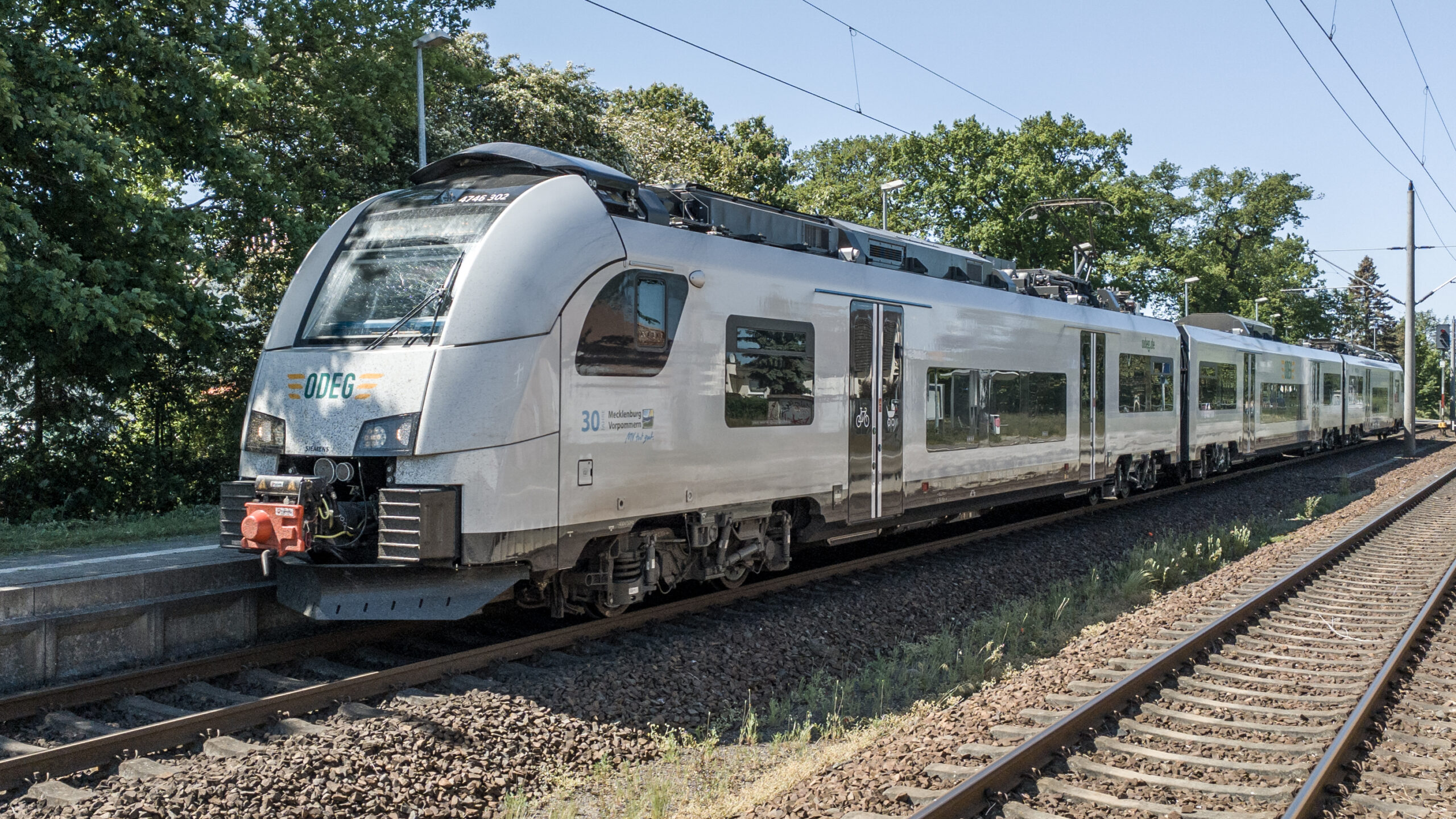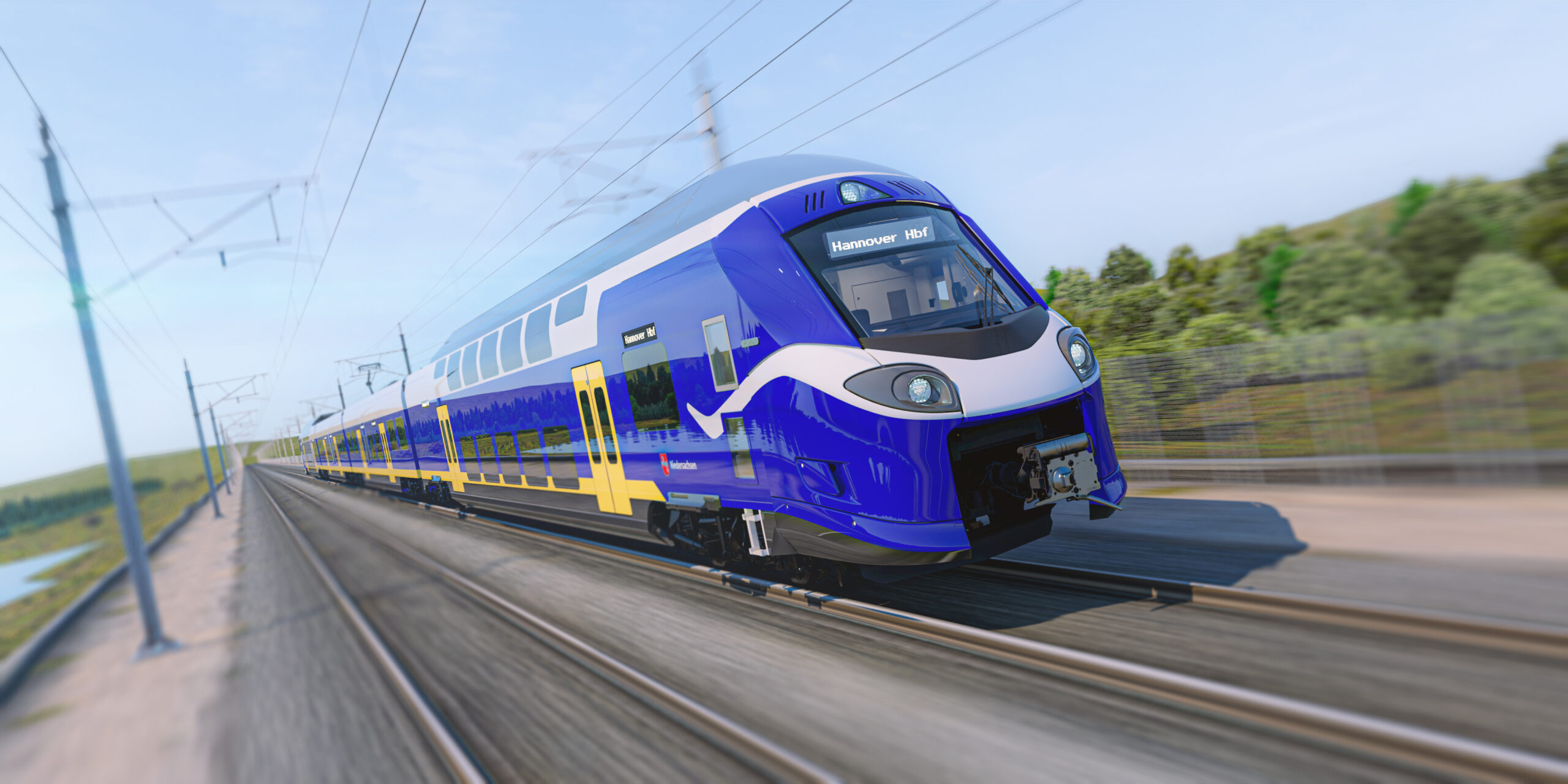A milestone for the Brenner Base Tunnel project: Deutsche Bahn and Austrian Federal Railways (OEBB) have presented the northern approach route for the tunnel through the Alps.
The northern approach route – a new railway line – will measure 54km in length, of which 60 percent will be under ground.
Deutsche Bahn and Austrian Federal Railways have been developing the best route for a new railway line in the Kufstein-Rosenheim region, which will become the northern approach to the Brenner Base Tunnel. This process has taken a number of years and included a comprehensive examination of the area: how the land is used, what areas are protected, what the geology is like and what the water table is. Based on that, the planning teams suggested a number of corridors and then a number of routes. Having worked with the region on creating assessment criteria a decision has now been reached in favour of one route.

‘Violet’ Route Option
The ‘violet’ route option has emerged as the preferred overall choice. It leads from the district of Schaftenau in Langkampfen (Austria) to Ostermünchen near Rosenheim (Germany). In the Austrian section of the route the track will be put into a tunnel immediately east of the planned Schaftenau node and continue to the border in a tunnel. The cross-border Laiming Tunnel and the Steinkirchen Tunnel in Germany will each be around 13km long. A further 5.5km tunnel will run under the municipality of Stephanskirchen east of Rosenheim.
There are planned connections to the existing railway network to the north of Niederaudorf and near Ostermünchen too. Consequently, around 47.5km and therefore the majority of the violet approach route will be on German territory. The Austrian section will measure 6.5km.
Reinhold Hödl, Head of Project Implementation, ÖBB Infrastruktur AG, said:The cross-border character makes the project very special for Austrian Federal Railways. The joint search for the best overall route plan has generated a sensible solution. The international collaboration also worked very well. The result of our planning activities emphasises the European character of the project: we are searching for solutions to make transport more climate-friendly together.
Deutsche Bahn and Austrian Federal Railways have worked closely with representatives from the region. The first discussions began in 2015. The working groups continuously discussed the planning activities, thereby making an important contribution to the choice of route for the northern approach to the Brenner Base Tunnel.
Further Planning Steps
Choosing the route is a first step in the planning process for the northern approach. Preliminary planning will now take place in Germany, while Austria is preparing to start the environmental consultations. During this phase engineers will examine further optimisations and address planning details. DB and OEBB will continue to engage with the people of the region. The new route is to be completed by 2038.
The Brenner Base Tunnel
The Brenner Base Tunnel is currently under construction through the Eastern Alps under the Brenner Pass. It will connect Austria with Italy and measure 64km in length. Once complete, it will be the world’s second-longest railway tunnel. It will also form part of the Trans-European Network (TEN-T) from Berlin to Palermo.
Construction started in 2008. The tunnel will serve both passenger and freight traffic.

















